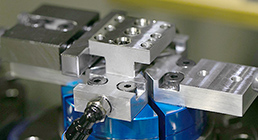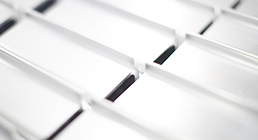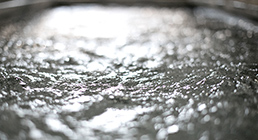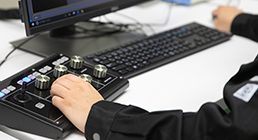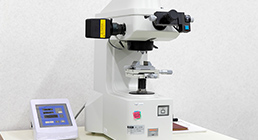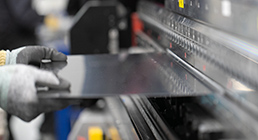Surface treatment
Aluminium surface treatment
Surface treatments bring out the original features of aluminum.
Aluminum has various features such as being light, strong, and easy to process.Aluminum is a metal that is used in many fields, and its performance can be further enhanced by surface treatment.We offer two types of Anodizing treatments to provide you with high quality products.
Anodizing treatment
Surface treatment is applied to bring out the original features of the Anodizing.
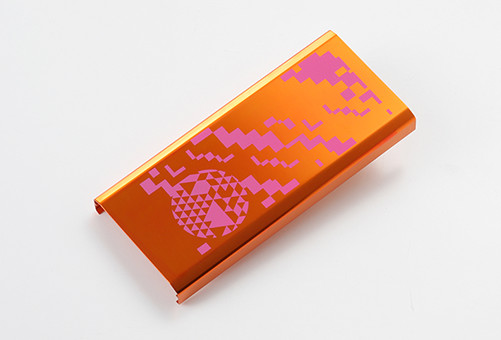
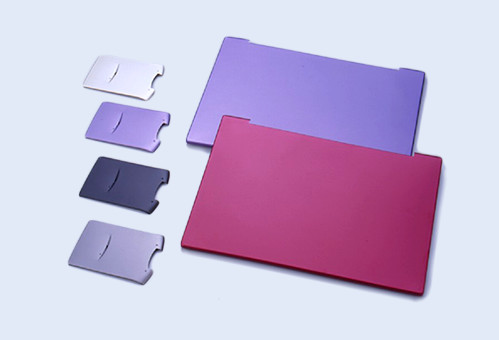
Features
In Anodizing treatment, aluminum is electrolyzed by applying a positive voltage in acidic solution, and an anodic oxide coating of several micrometers to several dozens of micrometers is formed.This makes the surface scratch and corrosion resistant.It can then be chemically polished, etched, or dyed to create a highly designed surface.
| Beneficial impact | Improvement of appearance by coloring and corrosion resistance |
|---|
Available Anodizing treatments
- Anodizing with chemical polishing and dyeing
- Two-color Anodizings
- Anodizing for surface preparation such as bonding and jointing
- Crystalline Anodizing (using a material whose crystal grains have been coarsened by a special treatment)
Examples of utilization
IT equipment chassis, lighting equipment reflectors, building materials, utensils, mechanical parts, sporting goods, ornaments, etc.
Hard coat anodizing
Surface treatment is applied to bring out the original features of the Anodizing.
Features
The Anodizing treatment is performed in a low-temperature acid solution.This is a method of forming a very hard, wear-resistant oxide coating with a thickness of 10 μm to 100 μm on the surface.The hardness of the coating depends on the grade of aluminum.It is ideal for sliding parts that require wear resistance.
| Beneficial impact | Improvement in wear resistance |
|---|
Examples of utilization
sliding surfaces of mechanical parts, rollers, gears, electrical insulation coating, IR-emitting Anodizing, golf heads, etc.
-
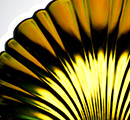
Stainless-steel surface treatment
-
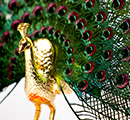
Titanium surface treatment and photocatalyst
-
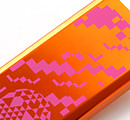
Aluminium surface treatment
-
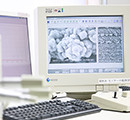
Other metals
